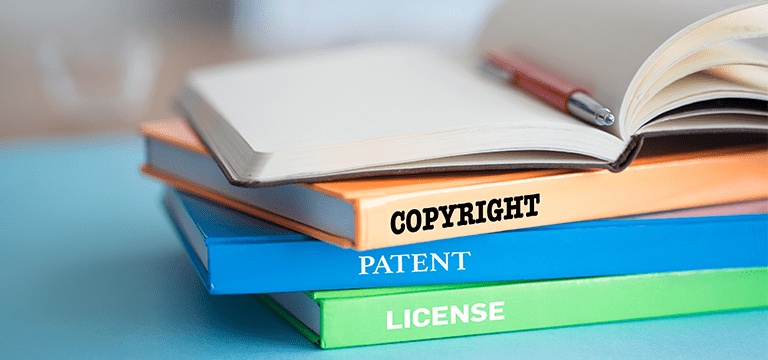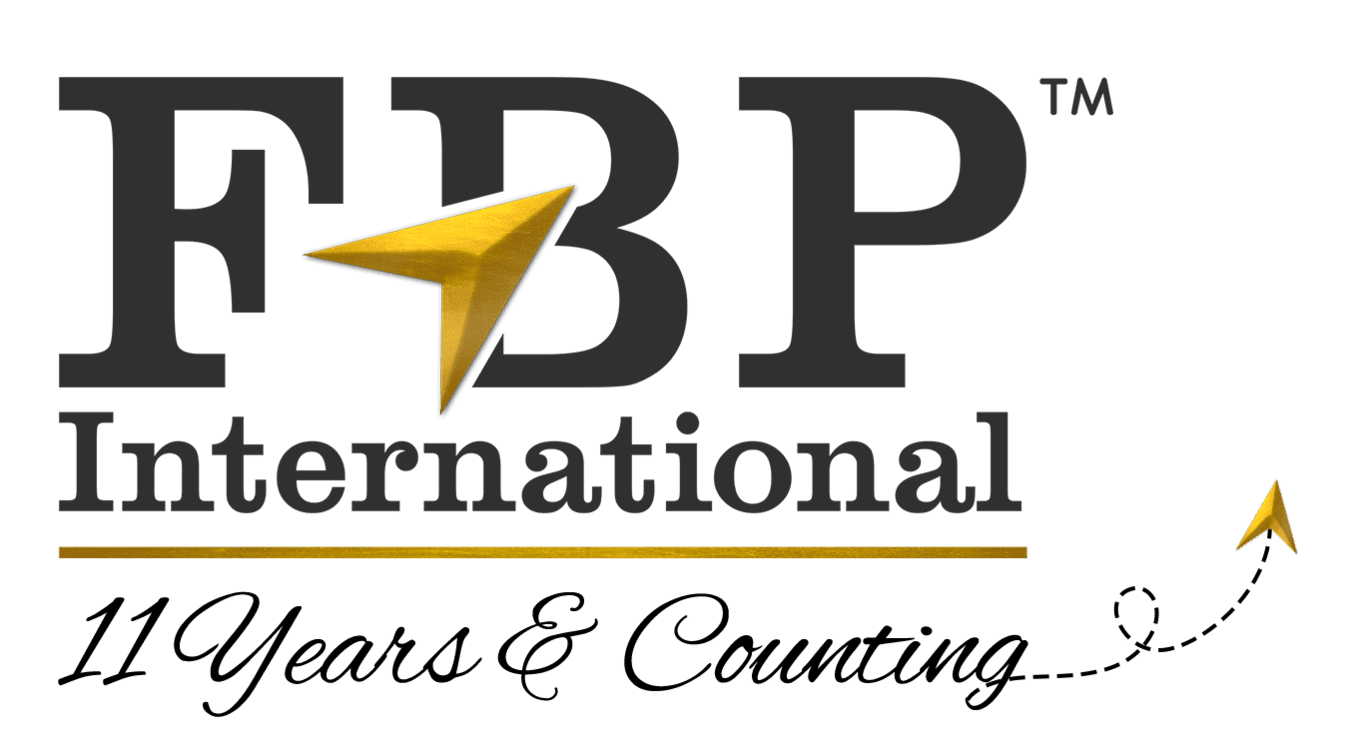

Business in Australia




Intellectual Property
Intellectual property (IP) is essential to international trade and has recently become even more crucial to the Australian economy. With a worthy history of innovation and research, Australia sees the importance of adhering to balanced international standards of protection and exploitation of Intellectual property (IP) rights. Patents, trademarks, designs, and formulae are examples of intellectual property (IP) and other intangible assets associated with business operations.
Australia’s intellectual property (IP) legislation promotes innovation while safeguarding the rights of individuals and businesses that generate original IP, providing them a competitive advantage. Australia has also signed several international agreements to protect intellectual property in other countries.
Remedies are available under Australia’s common law for goods and services and the Competition and Consumer Act 2010 (Cth) for conduct in trade or commerce that is deceptive, misleading, or likely to be so.
Trademarks
A trademark protects a business’ distinctive brand and differentiates its goods or services. There are various types of trademarks available that may suit a business.
The Trade Marks Act 1995 (Cth) pertains to trademark registration regulations. Upon trademark registration, the owner gets exclusive rights to use the trademark concerning the goods or services covered by their registration and to take action on infringement of the given trademark. The application process for trademark registration in Australia is at least seven months from the filing date. Any trademark registration application in Australia is either based on the use of the trademark or the intention of the use of the trademark. If a particular trademark is registered, the initial registration period is ten years and may be renewed for additional periods of 10 years on renewal fee payments.
Steps to Apply for a Trademark
- Step 1 – Find out if the trademark is the correct type of intellectual property to protect a brand idea.
- Step 2 – Look up existing trademarks.
- Step 3 – Be prepared for the costs and time period involved.
- Step 4 – Prepare, submit, and apply for an Australian trademark.
- Step 5 – Wait for the outcome.
For further details on the registration of trademarks in Australia, see Trademarks.
Copyright
Australian copyright law is intended to encourage and protect enterprises that invest time and talent in creating novel material and content. There is no copyright registration system in Australia. The Copyright Act 1968 (Cth) (Copyright Act) protects copyrights in Australia.
Copyright protection is provided for original literary, artistic, musical, or dramatic works in Australia. The rule is that copyright lasts throughout the author’s life and 70 years beyond. Apart from original works, the Copyright Act in Australia also recognises copyright in other subject matter types, including sound recordings, photographs, cinematographic films, and performers’ rights. Furthermore, the Australian copyright law also recognises moral rights and digital rights. This law establishes that the employer will own any work created by an employee during their employment. In contrast, an independent contractor will own copyright work produced by the independent contractor.
Patents
A patent protects any novel, inventive, helpful substance, device, method, or process. In Australia, patents are protected under the Patents Act 1990 (Cth) (Patents Act), allowing the successful applicant the exclusive right to use and exploit the patented invention and authorising others to do the same. Two different types of patents have been historically granted in Australia: standard and innovative.
Difference between a standard and an innovation patent:
Standard Patent Innovation Patent
Lasts up to 20 years (pharmaceutical substances may last up to 25 years). Lasts for 8 years.
Granted, if the invention is a ‘manner of new manufacture’ and is novel, has an inventive step, is useful, and has not been previously used in the patent area for trade or commerce, when compared with the prior art base. Granted after the applicant satisfies the formalities check, and only requires that there be one difference from the prior art base that significantly contributes to the working of the invention.
Must be examined before grant. The examination process can take anywhere between 6 months and several years. Granted without examination, typically within 1 month of application filing.
However, the government of Australia is phasing out innovation patents, and innovation patent applications may no longer be filed.
Learn more about patents at https://www.ipaustralia.gov.au/patents/what-are-patents
Designs
Registered designs provide the respective owner with protection for the product’s visual appearance. The initial registration is for 5 years and can be renewed for another 5 years. The Design Act 2003 (Cth) sets the uniqueness level required for a design registration. The design must be new and distinct from previous art bases. In addition, if a design is publicised before filing a design application, it will not be registered.
Learn more about design rights at https://www.ipaustralia.gov.au/design-rights
Domain Names
A domain name is a unique internet address that allows other people to visit a website. The .au Domain Administration (auDA) administers and regulates internet addresses that terminate in ‘.au’ in Australia. The ‘.au’ domain is divided into multiple second-level domain names, including ‘.com.au’, ‘.edu.au’, ‘.org.au’ and so on.
Domain name registration grants the registrant a license to utilise the domain name for the registration duration. The first registration lasts 2 years, and can be renewed for another 2 years upon payment. If not renewed, a different trader can use the domain name.
To know more about domain name registration, visit Domain Name Registration.
Confidential Information
As per the common law in Australia, the hearer or receiver of a particular piece of information communicated to them in confidence may be obligated to neither disclose nor use the information without the consent of the information giver. Usually, parties enter into a confidentiality deed or agreement or add a tem in their contract regarding the confidentiality of the disclosed information. Exceptions include where disclosure is required by law or the information is otherwise available to the public.

